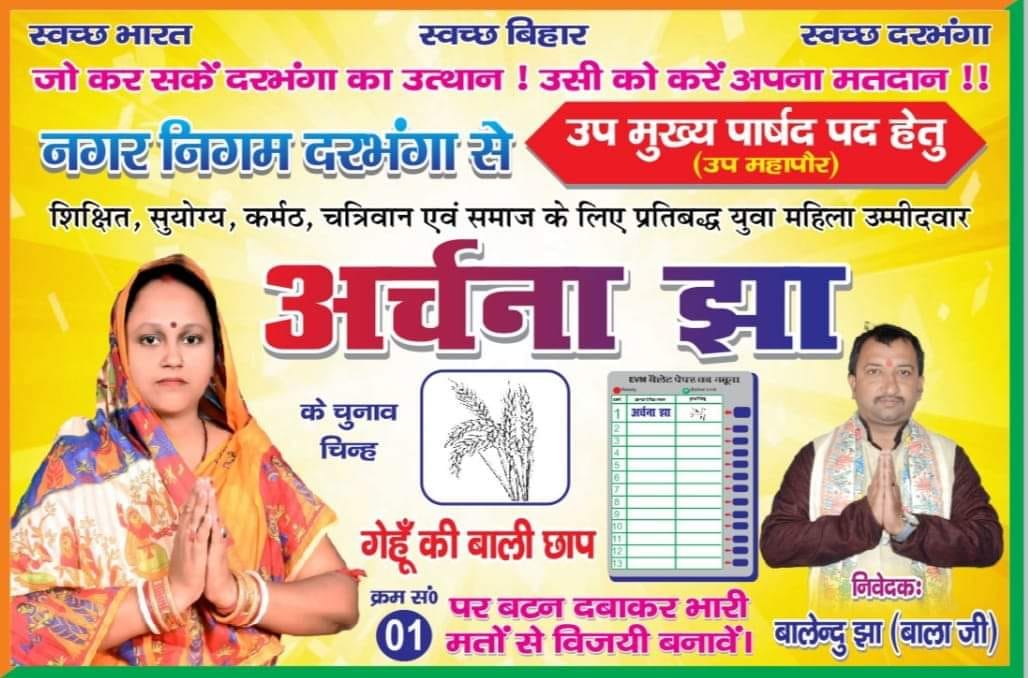
Darbhanga Ward No 22, with population of 8348 is Darbhanga city’s the 6th most populous ward, located in Darbhanga sub district of Darbhanga district in the state Bihar in India.
Demographics
The ward is home to 8348 people, among them 4419 (53%) are male and 3929 (47%) are female. 95% of the whole population are from general caste, 5% are from schedule caste and 0% are schedule tribes. Child (aged under 6 years) population of Darbhanga Ward No 22 is 15%, among them 52% are boys and 48% are girls. There are 1657 households in the ward and an average 5 persons live in every family.
Growth of population
Population of the ward has decreased by -9% in last 10 years. In 2001 census total population here were 9169. Female population growth rate of the ward is -5.9% which is 5.6% higher than male population growth rate of -11.5%. General caste population has decreased by -4.4%; Schedule caste population has decreased by -53.2%; Schedule Tribe population has increased by 220% and child population has decreased by -19.5% in the ward since last census.
Sex Ratio – Females per 1000 Male
As of 2011 census there are 889 females per 1000 male in the ward. Sex ratio in general caste is 887, in schedule caste is 925 and in schedule tribe is 1000. There are 915 girls under 6 years of age per 1000 boys of the same age in the ward. Overall sex ratio in the ward has increased by 53 females per 1000 male during the years from 2001 to 2011. Child sex ratio here has decreased by 55 girls per 1000 boys during the same time.
Literacy
Total 5727 people in the ward are literate, among them 3291 are male and 2436 are female. Literacy rate (children under 6 are excluded) of Darbhanga WARD NO.-0022 is 81%. 88% of male and 73% of female population are literate here. Overall literacy rate in the ward has increased by 9%. Male literacy has gone up by 7% and female literacy rate has gone up by 14%.
Workers profile
Darbhanga WARD NO.-0022 has 28% (2311) population engaged in either main or marginal works. 48% male and 5% female population are working population. 45% of total male population are main (full time) workers and 3% are marginal (part time) workers. For women 4% of total female population are main and 1% are marginal workers.








